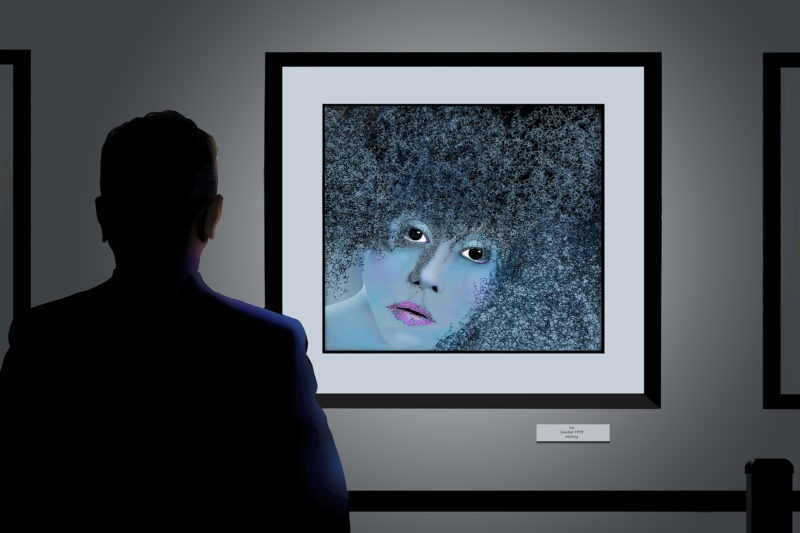From Tokyo's buzzing heart to Tuscany's serene landscapes, every corner of our planet offers unique artistic expressions. This is an era of exploration for college students, both within and outside their academic environment. While juggling between lectures and asking yourself, “Should I pay someone to take my classes for me,” why not make some room for a journey into the area of world art? Get on board!
The Magic of Art: A Universal Language
If you’ve ever stood before a painting and felt its emotions without understanding its story, you’ve experienced art’s universal language. From the caves of Altamira to the graffiti-laden streets of Brooklyn, art transcends boundaries.
It connects across time and space. Art has the power to touch souls across ages. A Byzantine mosaic might tell stories of ancient empires, while a contemporary sculpture might echo today’s societal sentiments.
It reveals shared humanity. Every brush stroke and chiseled statue reminds us of universal emotions—love, despair, joy, and hope. Through art, we witness the shared hopes and dreams that unite our diverse world.
Broaden Your Horizons: Benefits of Exploring World Art
Venturing into the world of art is an enriching experience.
- Cultural awareness. Grasping Chinese calligraphy's essence or understanding African masks' symbolism can deepen your appreciation for varied cultures.
- Enhancing creativity. Observing the myriad of artistic expressions worldwide can significantly boost your creative juices.
- Developing critical thinking. Deciphering the underlying themes of a piece or discerning the era it belongs to cultivates analytical skills.
- Emotional growth. Confronted with a poignant war painting or an elated festival depiction, art challenges and nurtures our emotional spectrum.
Embarking on an Artistic Journey: Where to Start?
The global canvas of art is vast and varied. So, how do you navigate this maze?
- Art classes. Enroll in courses dedicated to world art. They offer a systematic approach to understanding different traditions and epochs.
- Art clubs and societies. Join these groups to attend workshops, take excursions to galleries, and interact with renowned artists.
- Museum visits. It’s not just about internationally renowned museums – local art institutions often house gems from world art.

Art from Around the World: A Deeper Dive
The beauty of world art lies in its diversity. Each region's unique history and culture offers distinct artistic expressions. Let’s delve deeper into some of them.
African art
African art is diverse and rich, reflecting the continent’s myriad cultures and histories. Beyond the masks and sculptures, there’s a world of textiles such as Kente cloth from Ghana, known for its bright colors and intricate designs.
Beadworks, often used in ceremonial outfits, tell stories of tribal traditions. There’s also the vibrant world of African contemporary art, where artists blend traditional themes with modern-day issues.
Japanese Ukiyo-e
Translated as “pictures of the floating world,” Ukiyo-e are woodblock prints that gained popularity in the Edo period. They often depict the pleasures of life, from kabuki actors to beautiful landscapes.
Beyond Ukiyo-e, Japanese art encompasses disciplines like pottery, especially the rustic Bizen ware, and Kintsugi, mending broken pottery with gold.
Let’s not forget about Ikebana's delicate and purposeful art, where floral arrangements follow specific rules and aesthetics.
Mexican muralism
While Diego Rivera is a name many recognize, Mexican muralism is a movement that also includes artists like Orozco and Siqueiros. Murals, often massive in size, tell stories of Mexico’s history, its indigenous roots, and its colonial past.
But Mexican art isn’t just murals; there are “alebrijes,” brightly colored Mexican folk-art sculptures, and the Day of the Dead artworks that fuse indigenous and Christian practices.
Indian miniature paintings
Originating in the Mughal courts of North India, these intricate paintings are known for their detail, vibrant colors, and depiction of various themes, from love stories to battles. They have evolved into regional styles, each adding flavor to this delicate art form.
Australian Aboriginal art
This is one of the oldest continuous art traditions in the world. From rock paintings to contemporary canvases, Aboriginal art often uses symbols to narrate stories of the ‘Dreamtime,’ the unique understanding of the world and its creation.
Wrapping Up: The World at Your Fingertips
World art is not just an artistic journey; it’s a journey of the soul. So, as you step into another lecture or contemplate another semester, remember: the world awaits, and it’s as close as the nearest canvas or sculpture.
Embrace it. Dive into its depths. You’re bound to emerge enlightened.
